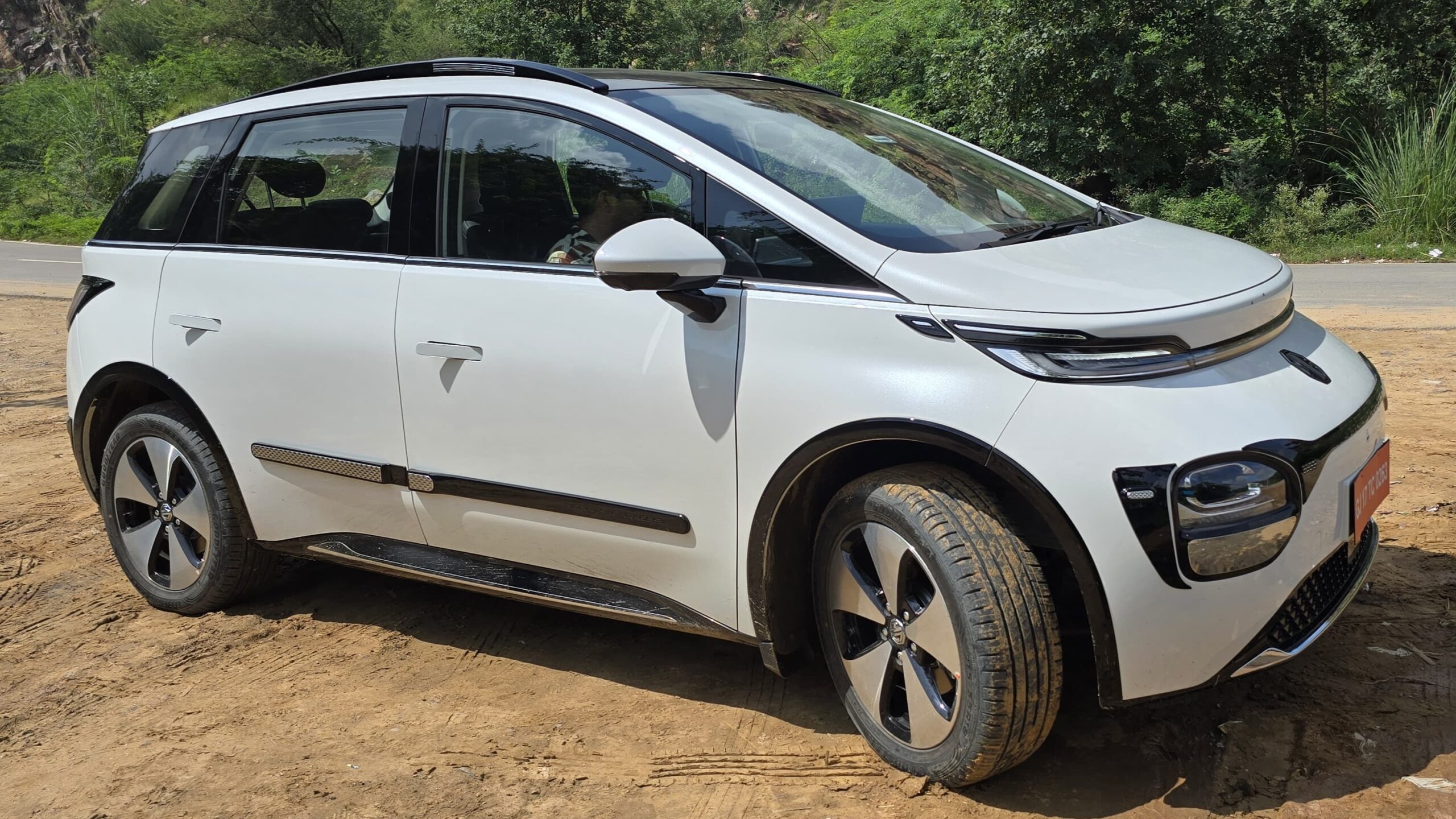
With the fear of a pandemic recurrence receding, consumer confidence particularly in India is on the increase. The automotive component industry is currently experiencing unprecedented growth, achieving a record turnover of ₹5.6 lakh crore in the fiscal year 2022-23. This signifies a remarkable 32.8% increase compared to the ₹4.20 lakh crore recorded in FY22, as reported by the Automotive Component Manufacturers Association of India (ACMA). The upsurge is credited to the pent-up demand for vehicles that is now unleashed, contributing to increased sales, alleviated supply shortages, and a sales mix favoring larger vehicles. Additionally, trends such as the growing desire for group mobility and the expanding used-car market in India are further boosting the industry by elevating demand for replacement parts, repairs, and maintenance services. Responding to these changes, the industry is actively exploring new avenues for growth, and focusing on enhanced convenience for consumers. These include embracing digitization through technologies like Artificial Intelligence, Machine Learning, Big Data, IoT, Analytics, and Mobility.
Artificial intelligence is set to play a pivotal role in steering the automotive aftermarket in India towards digitalization, aligning with consumer preferences for personalization, automation, connectivity, and electrification (PACE). Innovations such as AI-powered driving assistant systems, including automatic speed control and cruise control, are transforming the driving experience. Adaptive cruise control, which autonomously manages a vehicle’s speed and occasional halting, is especially beneficial on highways. AI also provides vehicle parking assistance by detecting surrounding objects.
Beyond car components, AI is enhancing customer satisfaction for car mechanics and service providers. By leveraging previously available data, AI can predict potential issues with exceptional precision and speed, enabling the industry to maintain well-stocked inventories and minimize losses due to overproduction. Cognitive predictive maintenance, utilizing sensors in vehicle parts, allows technicians to assess a vehicle’s health, anticipate operational flaws, and prevent them from escalating into major failures.
The post-pandemic surge in online shopping has compelled retailers to adopt digitization, employing AI-enabled algorithms to provide relevant information and suggestions to customers. This enables consumers to make faster, informed decisions, while service providers seize opportunities for cross-selling and upselling. AI’s growing omnipresence extends to the automotive industry’s distribution channel. Unlike traditional supply chains involving middlemen, consumers can now directly purchase vehicle components from Original Equipment Manufacturers (OEMs). AI is thus integral to shaping the market, enhancing efficiency, and meeting evolving consumer expectations.
The upsurge in AI usage has initiated a profound transition from a product-centered to a consumer-centric business model, placing significant emphasis on service quality. This has compelled Original Equipment Manufacturers (OEMs) to reassess their distribution channels, adapting to the evolving digital landscape where brand awareness becomes crucial for effectively upselling their products. Looking ahead, AI is poised to reshape the operations of the aftermarket industry, responding to evolving consumer expectations and priorities. Therefore, the prominence of personalization, automation, connectivity, and electrification (PACE) is expected to further increase in the near future.
 This article has been contributed by Mr. Anand Kumar, Head of Product & Strategy, Aftermarket Domain, Uno Minda Ltd. Anand Kumar, a visionary leader and the Head Strategy & Product at Uno Minda Limited, is an exemplar in the realm of strategic management. With an illustrious career spanning over 21 years across diverse sectors including Automotive, Mining, and Capital Equipment, Anand has left an indelible mark with his exceptional ability to conceive and implement transformative strategic frameworks that propel businesses to new heights.
This article has been contributed by Mr. Anand Kumar, Head of Product & Strategy, Aftermarket Domain, Uno Minda Ltd. Anand Kumar, a visionary leader and the Head Strategy & Product at Uno Minda Limited, is an exemplar in the realm of strategic management. With an illustrious career spanning over 21 years across diverse sectors including Automotive, Mining, and Capital Equipment, Anand has left an indelible mark with his exceptional ability to conceive and implement transformative strategic frameworks that propel businesses to new heights.


















